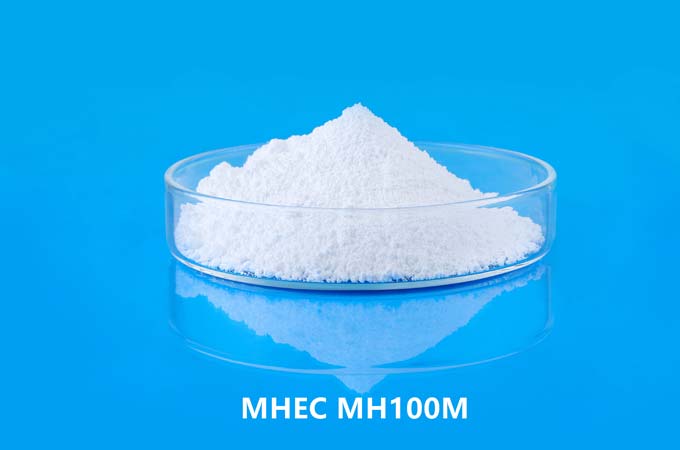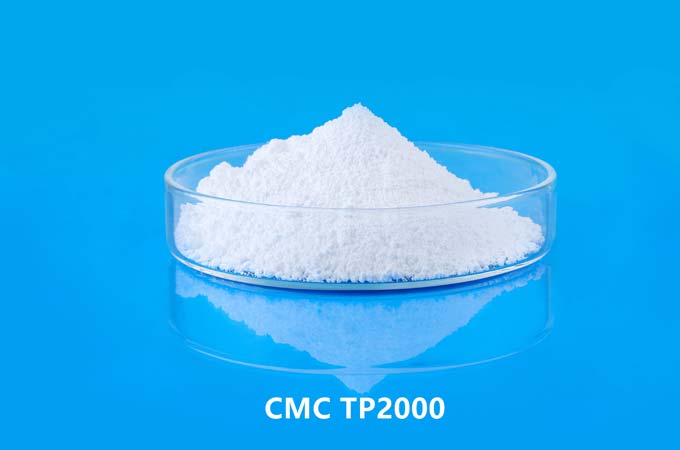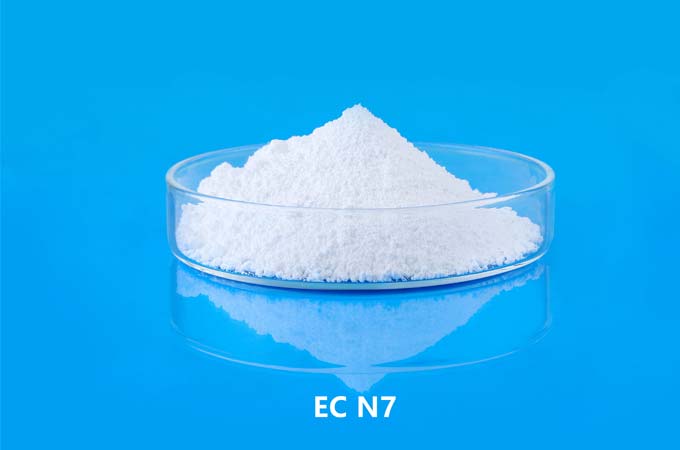Background and Overview
Microcrystalline cellulose particles are a kind of cellulose whose degree of polymerization is balanced by chemical degradation and mechanical separation. It has a porous structure and a high density of 1.539-1.545 g/cm3, which is similar to the crystal density of cellulose. Microcrystalline cellulose is mainly used as non-caloric food additives, pharmaceutical excipients and dispersants, fillers for thin-layer chromatography and column chromatography, vehicles for dyes and pigments, reinforcing fillers for thermosetting resins and thermosetting laminates, coatings , emulsifier, can also be used in water-based paint and ceramic industry.
Degradation Method
CN201710911493.8 reports a method for degrading microcrystalline cellulose. The degradation method comprises the following steps: (1) mixing microcrystalline cellulose and ionic liquid, heating and dissolving to obtain a microcrystalline cellulose solution; (2) adding an antisolvent to the microcrystalline cellulose solution described in step (1) to obtain Precipitate, filter and separate to obtain regenerated microcrystalline cellulose; (3) mix the regenerated microcrystalline cellulose described in step (2) with alcohol solution and solid acid catalyst, and react at 100-200°C for 100-200min to obtain the obtained The degradation product of the regenerated microcrystalline cellulose; the volume ratio of the mass of the solid acid catalyst to the alcohol solution is 10-60 g/L. The degradation method of the invention increases the ratio of microcrystalline cellulose degradation products, and the yield of methyl glucoside can reach 70.2% at the highest.
Preparation Method of Nano Microcrystalline Cellulose
A preparation method for preparing nano-microcrystalline cellulose, characterized in that the method steps are as follows:
(1) Disperse the cellulose raw material in water pre-dissolved with 0.05-0.5 (w/w)% cellulase activator, and adjust the pH value of the system to 4-8, add the cellulase pre-dissolved in water, and Hydrolysis at 40-60°C for 2-20 hours to obtain a slurry containing microcrystalline cellulose;
(2) The slurry containing microcrystalline cellulose is ultrasonically pulverized, then washed and refined to obtain a nano-microcrystalline cellulose filter cake;
(3) breaking and drying the nano-microcrystalline cellulose filter cake to obtain a semi-finished product of nano-microcrystalline cellulose;
(4) The nano-microcrystalline cellulose semi-finished product is pulverized to obtain nano-microcrystalline cellulose.
Preparation Method of Microcrystalline Cellulose
A method for preparing microcrystalline cellulose from waste textiles. Using waste textiles to prepare microcrystalline cellulose, the main process is crushing → acid hydrolysis → filtering out the acid solution → neutralizing the sediment with alkali → filtering → bleaching the prepared microcrystalline cellulose → filtering out → drying → grinding , to get the finished product. This method can recycle waste textiles with various components, and hydrolyze them with hydrochloric acid with a mass fraction of 8.5-9% at 85-94°C to prepare microcrystalline cellulose with high crystallinity, so that various waste textiles can be obtained with high value Recycling, and the prepared microcrystalline cellulose is a naturally degradable product, which solves the problem of environmental pollution caused by the disposal of waste textiles, and breaks through the constraints of traditional methods that only recycle single-component waste textiles.
The invention discloses a method for preparing microcrystalline cellulose by using crop straws. Separation and extraction of straw crude cellulose with a high boiling point organic solvent, the obtained crude cellulose is partially hydrolyzed under the action of a spherical solid acid catalyst, and the resulting hydrolysis mixture is left to stand, filtered, solid is collected, and dried to obtain a spherical solid acid catalyst and micro The solid mixture of crystalline cellulose is further sieved to recover the solid catalyst and obtain microcrystalline cellulose with a degree of polymerization ranging from 156 to 402. The microcrystalline cellulose prepared by this method has high purity and moderate degree of polymerization, and can be used as a fine chemical raw material. The high boiling point solvent adopted has low volatility and good thermal stability and can be recovered through simple extraction operations. The solid acid catalyst has high catalytic activity and is easy to separate and recover, which overcomes the problems of pollution and corrosion caused by the low boiling point solvent volatilization and the use of inorganic strong acid in the traditional method.
A Preparation Method of Microcrystalline Cellulose, Comprising the Following Steps:
(1) Disperse the commercial bamboo pulp board in water, configure it into a 0.1% pulp suspension, and soak it for 24 hours to make it fully swell. Place the prepared pulp suspension in a high-temperature reaction kettle and treat it at 180°C for 15 minutes to make it fully react.
(2) Separating the treated slurry from solid to liquid, and washing the obtained solid slurry with clear water to neutrality, the mass fraction of the washed slurry is 5% potassium hydroxide solution at 60°C and 10% slurry The concentration was treated for 5 minutes.
(3) The alkali-treated slurry is washed with clear water to neutrality, and then treated with 3mol/L hydrochloric acid: sulfuric acid molar ratio 1:1 mixed acid solution at 65°C for 30 minutes to fully hydrolyze it to obtain Blend containing microcrystalline cellulose.
(4) The mixture was separated from solid and liquid, washed with water until neutral, and dried in a vacuum oven at 0.08 MPa and 70° C. for 2 hours. Thereafter, the obtained microcrystalline cellulose was pulverized with a pulverizer.
The microcrystalline cellulose obtained by the method has a purity of 97.33%, a water content of 6.89%, and an ash content of 0.09%.
 English
English 日本語
日本語 français
français Deutsch
Deutsch Español
Español italiano
italiano русский
русский português
português العربية
العربية Türkçe
Türkçe Nederland
Nederland



